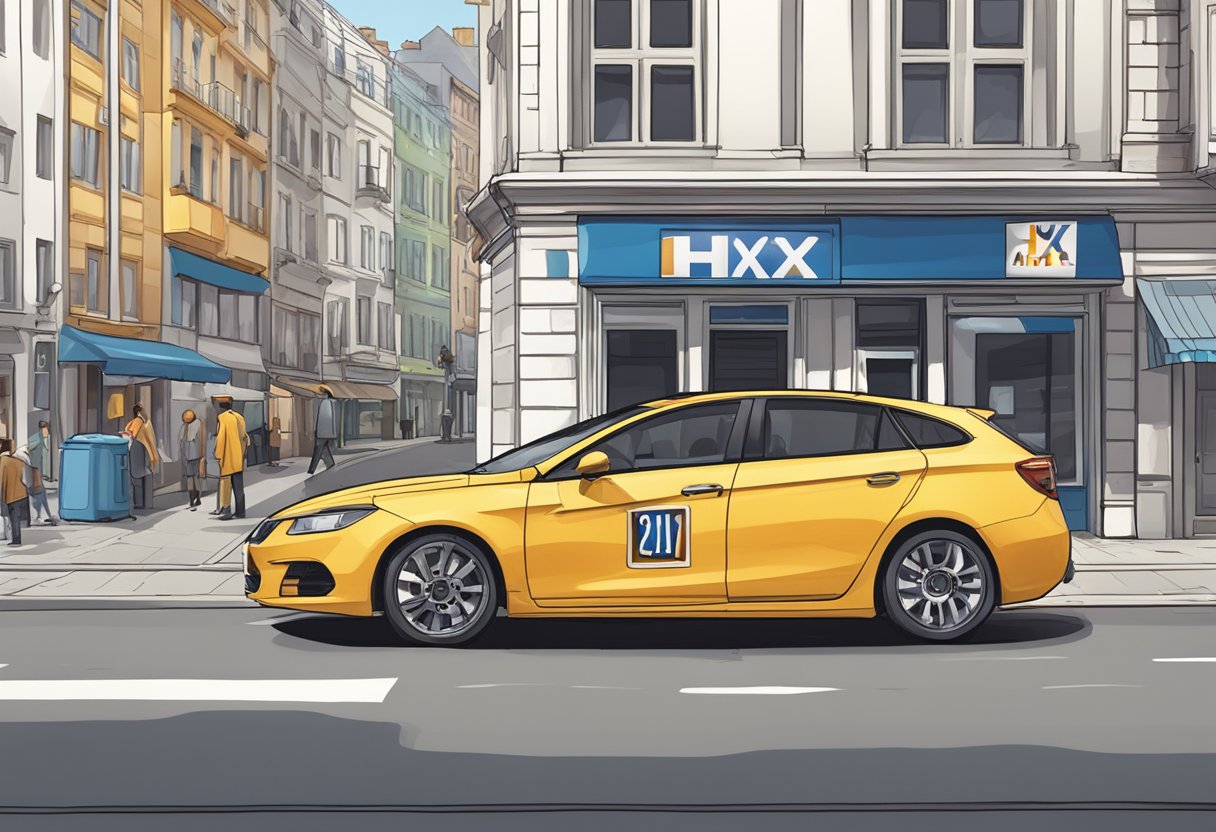Understanding Nio Bankruptcy: What Investors Need to Know
As the electric vehicle market heats up, many are speculating about the viability of different companies, including Nio. This article delves into the critical topic of Nio bankruptcy, exploring potential risks, market conditions, and investor considerations.

Understanding Nio Bankruptcy: What Investors Need to Know
The rise of electric vehicle manufacturers has created a new landscape in the automotive industry. Among these is Nio, a Chinese electric vehicle company that has garnered attention for its innovative designs and ambitious vision. However, recent discussions surrounding Nio bankruptcy have raised eyebrows among investors and industry watchers alike. In this article, we explore key questions regarding Nio's financial health and the implications of potential bankruptcy.
Is Nio on the Brink of Bankruptcy?
This question is complex. As of now, there is no official declaration of bankruptcy from Nio. However, the company has faced financial challenges, including declining sales and increasing competition. Analysts are divided on whether these factors will lead to insolvency.
What Are the Signs of Financial Distress?
Investors should be vigilant about several indicators of financial distress that could hint at the possibility of Nio bankruptcy:
- Declining Revenues: A consistent drop in sales affects cash flow, making it harder for Nio to cover operating costs.
- High Debt Levels: Excessive borrowing can lead to debt servicing challenges, which could culminate in bankruptcy proceedings.
- Stock Market Performance: Nio's stock performance is a barometer of investor confidence. A significant downturn could suggest underlying issues.
How Does Nio Compare to Other EV Manufacturers?
Nio operates in a competitive landscape alongside companies like Tesla and BYD. However, compared to these giants, Nio has struggled to maintain market share. Its performance in the face of stiff competition raises the question: could Nio’s inability to keep up contribute to its financial downfall?
What Are Analysts Saying About Nio's Future?
Market analysts have varied opinions on Nio’s future. While some believe the company has innovative technology that could propel it forward, others cite its struggles with profitability as a serious concern. Many predict that if Nio does not pivot quickly, the risk of bankruptcy could increase.
What Risks Does Nio Face in the EV Market?
The electric vehicle market is rapidly evolving, and numerous risks could potentially lead to Nio bankruptcy:
- Supply Chain Issues: Global supply chain constraints have heavily impacted the automotive industry, affecting Nio's production capacity.
- Technological Advancements: The pace of technological change poses a threat. If Nio fails to innovate sufficiently, it may lose market relevance.
- Market Saturation: As more players enter the EV market, competition intensifies, leading to pricing pressures that can impact Nio's revenue.
What Financial Moves Could Delay or Prevent Bankruptcy?
Nio has several avenues to potentially stabilize its financial situation and prevent bankruptcy, including:
- Capital Infusion: Securing investments or partnerships can bolster cash flow and provide much-needed resources for operations.
- Cost-Cutting Measures: Reducing operational costs can help improve profitability and extend the runway for the business.
- Product Diversification: Expanding its product line or entering new markets might help Nio capture additional revenue streams.
What Should Investors Look For?
For investors concerned about Nio bankruptcy, there are several indicators to monitor:
- Quarterly Earnings Reports: Analyze these reports to gauge revenue trends and profitability.
- Corporate Announcements: Pay attention to news regarding funding, mergers, or strategic changes that could signal a shift in company stability.
- Market Conditions: Stay informed about broader economic conditions that might impact consumer demand for electric vehicles.
Conclusion: The Road Ahead for Nio
While concerns regarding Nio bankruptcy are valid, the company still has opportunities to turn its fortunes around. Continuous monitoring of its financial health, market conditions, and competitive dynamics will be crucial for investors. As the electric vehicle market continues to evolve, the ability of companies like Nio to adapt will ultimately determine their long-term viability.
New posts

Understanding the Model X Refresh: What You Need to Know
Tesla

Everything You Need to Know About the Xiaomi Car: Specs, Features, and Market Impact
Xiaomi

Understanding Model Y Wait Times: What to Expect in 2023
Tesla

Exploring AI Day at Tesla: Innovations, Insights, and Future Prospects
Tesla

Cathie Wood Latest: Insights into Her Investment Strategy and Market Moves
Investment

Exploring the Geely Radar RD6: All You Need to Know
Automotive

Understanding the Zeekr X Price: What You Need to Know
Electric Vehicles

Understanding the Tesla Model Y Performance: A Comprehensive Guide
Tesla

Exploring the Ford VW MEB Platform: A Deep Dive
Volkswagen

Exploring the Spaciousness of the Model Y Trunk Space: Everything You Need to Know
Tesla
Popular posts

Everything You Need to Know About NIO Registrations: A Comprehensive Guide
Sustainability

BYD Seal: Unraveling the Future of Electric Mobility
Sustainability

Exploring the Ford VW MEB Platform: A Deep Dive
Volkswagen

Unveiling the Xiaomi SU7 EV Lei: What You Need to Know
Xiaomi

Unlocking the Future: BYD Solid State Battery Technology Explained
Innovation

Everything You Need to Know About Tesla EV: Questions Answered
Tesla

Exploring the Spaciousness of the Model Y Trunk Space: Everything You Need to Know
Tesla

Cathie Wood Latest: Insights into Her Investment Strategy and Market Moves
Investment

Tesla Market Share: Current Trends and Future Projections
Tesla

What You Need to Know About Tesla FSD 12: Features, Advancements, and User Experiences
Innovation